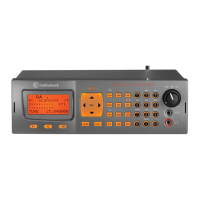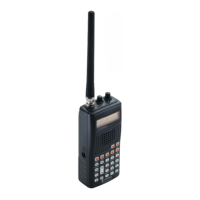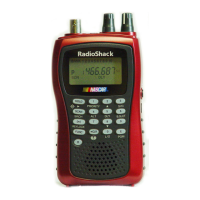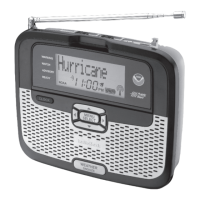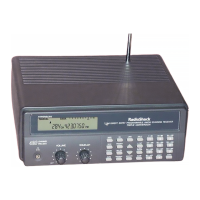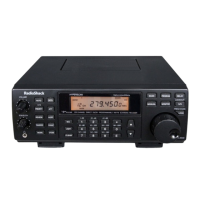10
1. Memory organization is nothing more than a
large list of Scannable Objects.
2. A Scannable Object is simply “something
that can be scanned,” including conventional
channels, trunking talkgroups, limit searches,
service searches, and Signal Stalker II setups.
3. There are no “systems,” “banks,” “groups,”
“sub-groups,” or “ID lists.” There is simply
a very large collection of objects, each with
their own attributes. Scannable Objects all
exist at the same level or hierarchy within
the scanner—no single type of Scannable
Object is more important than another, and
Scannable Objects do not have dependencies
on or links to other Scannable Objects in
order for them to function properly.
4. The primary method of grouping the
collection of objects is by mapping them to
Scan Lists. Mapping a Scannable Object to
one or more Scan Lists does not change the
physical location of the object in the memory
system. When an object is mapped to one
or more Scan Lists, the object itself has
not moved nor changed from what it is—a
simple, standalone object that is part of a
larger collection.
Object abbreviations used in this manual
Object names are abbreviated so that they can
easily fit into the 16 character LCD. You should
take a moment and become familiar with these
abbreviations now.
CONV – Conventional Channel Object
A CONV object is a regular, non-trunked
frequency used for radio communications. CONV
Understanding your Scanner
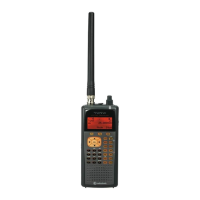
